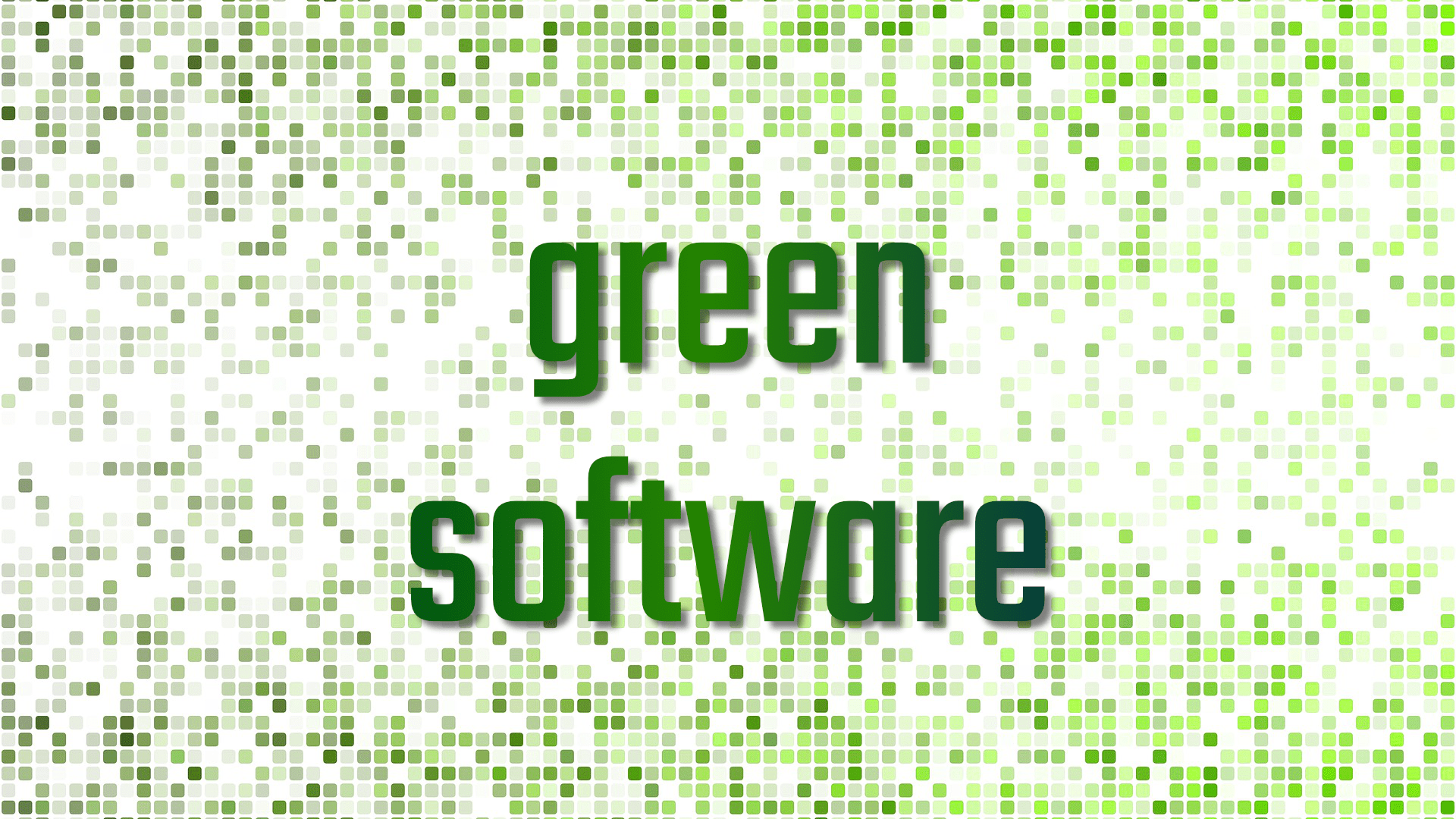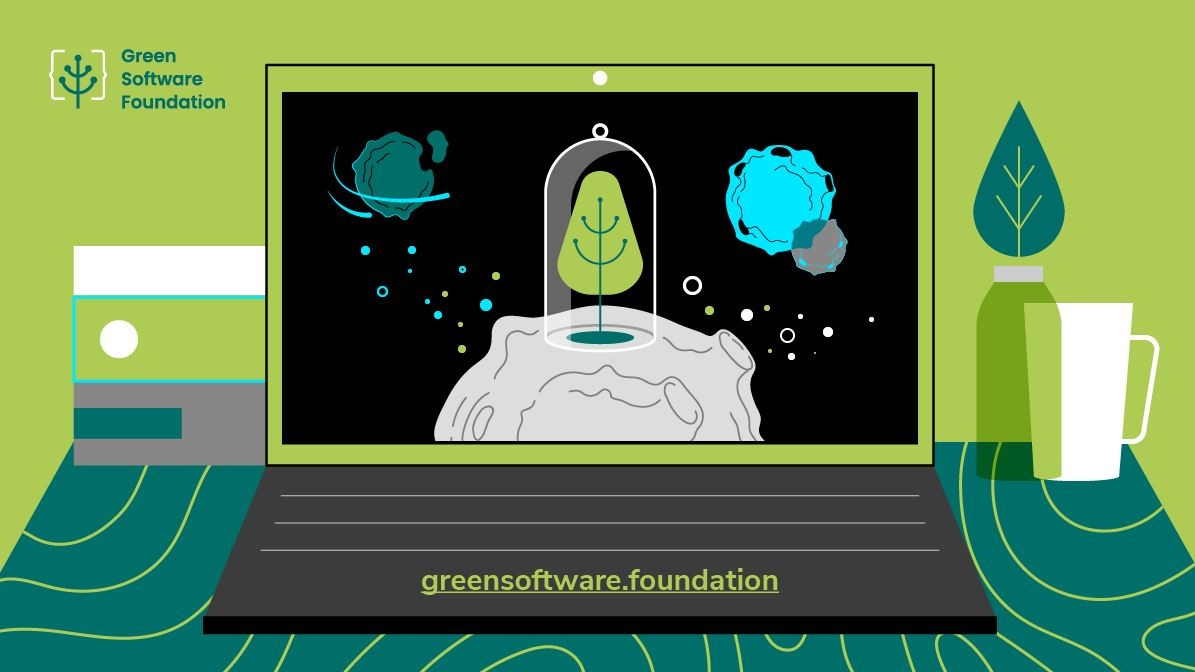Courtewsy : www.zartis.com
Green software
In 2018, video streaming generated as much greenhouse gas emissions as the whole of Spain.
YouTube views of the song “Despacito” consumed the same amount of electricity as five African countries in one year.
Training a single natural language processing model produces as much CO2 as 315 return flights from New York to San Francisco.
Granted, such claims may be sensationalist and based on questionable research.
However, even conservative studies estimate that the information and communication technology sector accounts for 4% of electricity consumption and 1.4% of carbon emissions worldwide.
This is where the emerging field of green software engineering comes in.
Eco-friendly software and green programming practices can help improve the industry’s energy efficiency and fight climate change. Better still, they’re good for business, too.
What Is Green Software?
Green or sustainable software is developed and run in a way that ensures maximum energy efficiency and has minimal or no impact on the environment.
Green software engineering is a relatively new discipline that brings together:
- Software development practices and architecture
- Hardware and data center design
- Electricity markets
- Climate science
The 8 Principles of Green Software Engineering
1. Carbon
Being carbon-efficient means reducing the amount of carbon released into the atmosphere per unit of work. For the purposes of software development, this translates into building applications that bring the same or better value to users while emitting less carbon.
2. Electricity
The bulk of the world’s electricity is still produced from coal. One of the most effective ways to make software more energy efficient is to lower electricity consumption.

3. Carbon Intensity
Carbon intensity measures how much carbon emissions are generated per kilowatt-hour of electricity consumed. Electricity produced through renewable energy sources such as wind, solar, or hydroelectric emits less carbon and has lower carbon intensity than electricity from fossil fuel.
To minimize your carbon intensity, you should consume as much electricity from renewable sources as possible while developing and running software.
4. Embodied Carbon
Embodied or embedded carbon is the amount of carbon released during the creation and disposal of electronic devices. Often, the embodied carbon cost of consumer devices is considerably higher than their lifetime electricity consumption.
To keep emissions to a minimum, build hardware-efficient applications and account for both the carbon required to run the computer and embodied carbon when calculating the total carbon pollution.
5. Energy Proportionality
Energy proportionality measures the relationship between the power a computer system consumes and the percentage of the computer’s resources being used, also known as utilization. A device running at maximum capacity is fully utilized and has a high utilization percentage, whereas an idle computer has low utilization. The energy efficiency in proportional systems remains constant regardless of the utilization percentage.
The more you utilize a computer, the better it gets at converting electricity. To maximize a system’s energy efficiency, try using a few servers with a high utilization rate.
6. Networking
Whenever you send or receive data across the internet, it travels through multiple connected devices in the network, including servers, routers, and switches. Each of these devices has embedded carbon and consumes electricity.
You can lower these carbon emissions and make your applications more energy efficient by reducing the size of the data and the distance it travels across the network.
7. Demand Shaping
Demand shaping is the strategy of moving demand for computing power to a different time or region and “shaping” it to match the available supply. This is similar to, but distinct from, demand shifting, or moving demand to regions or times when renewable electricity supply is high and carbon intensity is lower.
Video conferencing software is a good example of demand shaping. Instead of always streaming at the highest quality, it usually shapes demand by reducing the video quality while prioritizing the audio quality.
8. Measurement and Optimization
Sustainability is a long-term strategy and not a one-time choice. You should adopt a consistent approach that uses incremental optimizations to boost your total carbon efficiency.
For best results, you need to understand your full tech stack as well as the user experience, data center layout, electricity grids, and more. You should also weigh up the costs of decarbonization against the potential benefits and prioritize the parts of your application architecture that are likely to yield the highest return.
Why Develop Green Software?
The answer lies in the two philosophies of sustainable software:
Everyone Has a Role in Fighting Global Warming and Climate Change
We are all connected. To achieve our climate goals on a global scale, we need as many hands on deck as possible plus cross-disciplinary cooperation across industries and within engineering itself.
Sustainability Alone Is Enough to Make Your Efforts Worthwhile
Sustainable software applications are often cheaper, better-performing, and more resilient than their conventional counterparts. However, the main reason to invest in green technologies should be sustainability itself. Everything else is just a bonus.
The Benefits of Green Software
In addition to the environmental benefits, there is a strong business case for green software engineering. Some of its advantages include:
- Simpler architecture. Sustainable application architecture has fewer interdependencies. As a result, green software systems tend to be more straightforward and energy-efficient.
- Faster computing speed. Simpler systems make for faster software.
- Low resource usage. Green systems use fewer resources, which translates into long-term cost savings.
- Brand resilience. Consumers today care about the integrity and social responsibility of their service providers. By raising awareness about environmental issues and reducing your carbon footprint through green software development, you can foster brand loyalty and resilience.






